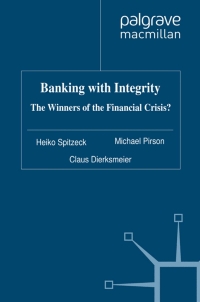Answered step by step
Verified Expert Solution
Question
1 Approved Answer
(a) Briefly discuss the major cost categories which contribute to an electric utility bill. [10 Marks) (b) The peak demand history for January - December

(a) Briefly discuss the major cost categories which contribute to an electric utility bill. [10 Marks) (b) The peak demand history for January - December 2017 for a large manufacturing company in Kiambu, is shown below. The Tariff Schedule for KLPC, their energy provider, is shown below at Figure 1. The manufacturing company found a way to reduce their demand in the off-peak season by 100 kW, but the peak season demand will be the same (ie, the demand in each month of November through May would be reduced by 100kW). Assume they are on the 65% ratchet clause, what is the savings accrued? Assume the high month was July of the previous year at 1,150 kW. If the demand reduction of 100 kW occurred in the peak season, what would be the dollar savings (that is, the demand in June through October would be reduced by 100 kW)? 110 Marks Ratchet clause. The utility has a ratchet clause which says that the billed demand for any month is "65% of the highest on peak season maximum demand corrected for the power factor" of the previous 12 months or the actual demand corrected for power factor whichever is greater. DEMAND HISTORY - January-December 2017 Month Demand (kW) Jan 495 Feb 550 580 Apr 600 May 610 Jun 900 Mar July Aug Sept Oct Nov Dec 1100 1000 900 600 500 515 (a) Briefly discuss the major cost categories which contribute to an electric utility bill. [10 Marks) (b) The peak demand history for January - December 2017 for a large manufacturing company in Kiambu, is shown below. The Tariff Schedule for KLPC, their energy provider, is shown below at Figure 1. The manufacturing company found a way to reduce their demand in the off-peak season by 100 kW, but the peak season demand will be the same (ie, the demand in each month of November through May would be reduced by 100kW). Assume they are on the 65% ratchet clause, what is the savings accrued? Assume the high month was July of the previous year at 1,150 kW. If the demand reduction of 100 kW occurred in the peak season, what would be the dollar savings (that is, the demand in June through October would be reduced by 100 kW)? 110 Marks Ratchet clause. The utility has a ratchet clause which says that the billed demand for any month is "65% of the highest on peak season maximum demand corrected for the power factor" of the previous 12 months or the actual demand corrected for power factor whichever is greater. DEMAND HISTORY - January-December 2017 Month Demand (kW) Jan 495 Feb 550 580 Apr 600 May 610 Jun 900 Mar July Aug Sept Oct Nov Dec 1100 1000 900 600 500 515
Step by Step Solution
There are 3 Steps involved in it
Step: 1

Get Instant Access to Expert-Tailored Solutions
See step-by-step solutions with expert insights and AI powered tools for academic success
Step: 2

Step: 3

Ace Your Homework with AI
Get the answers you need in no time with our AI-driven, step-by-step assistance
Get Started


